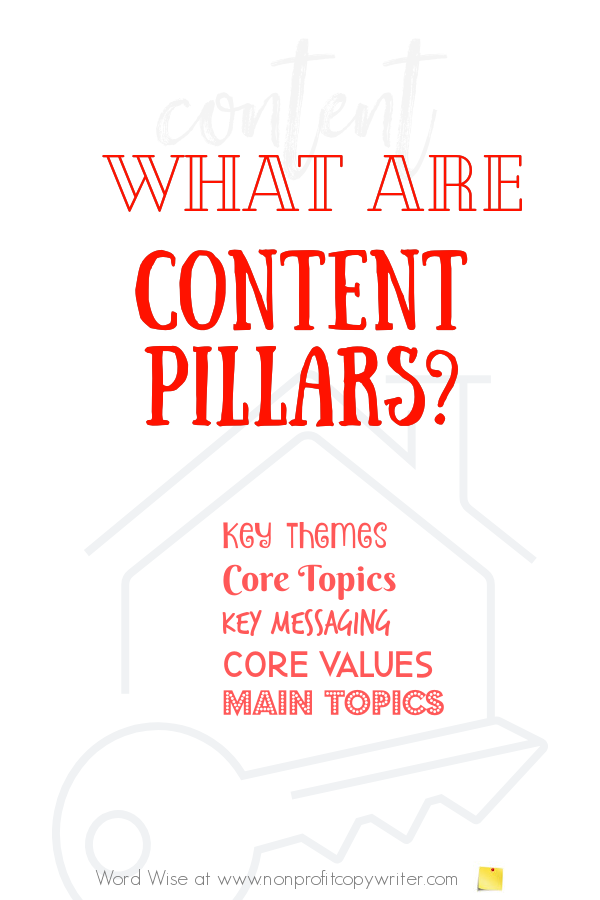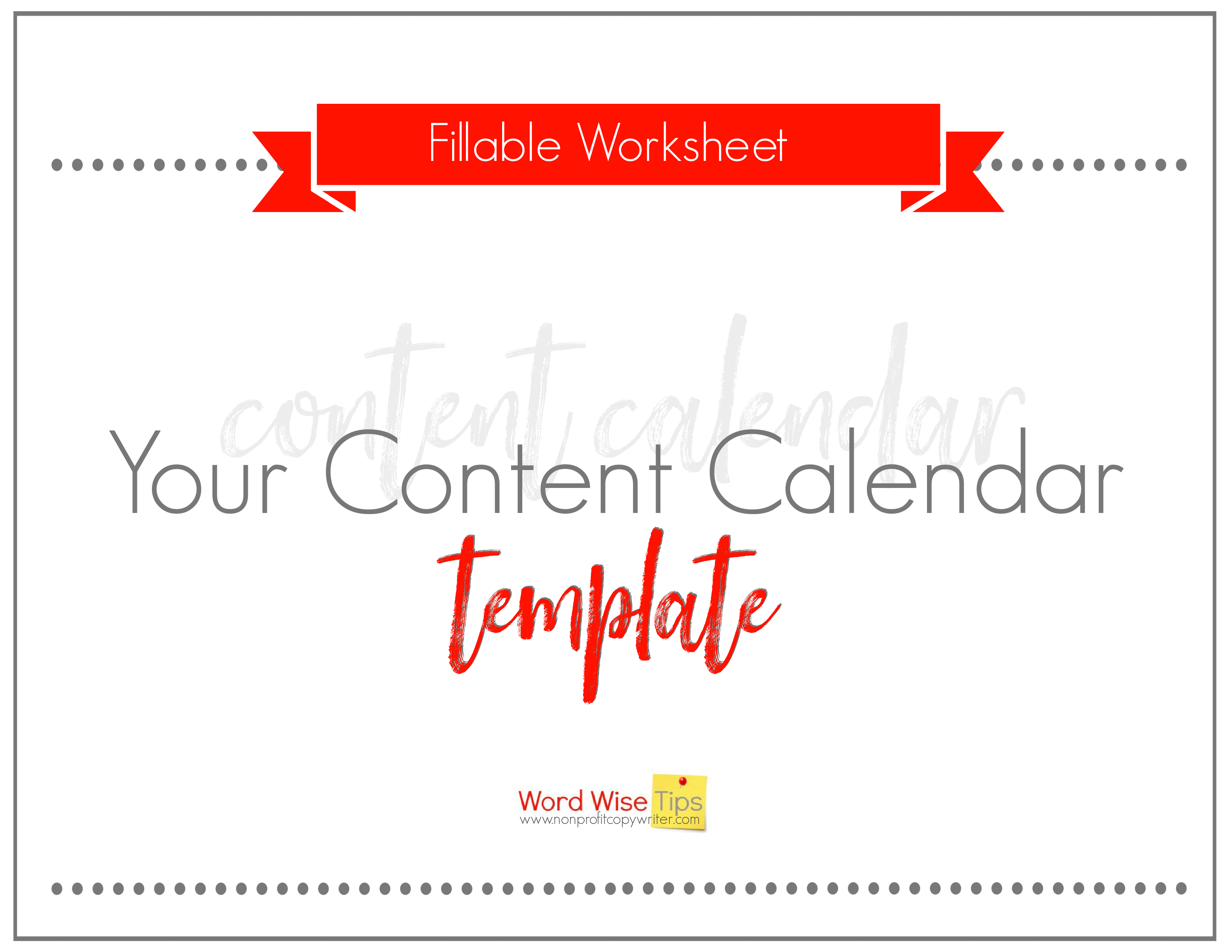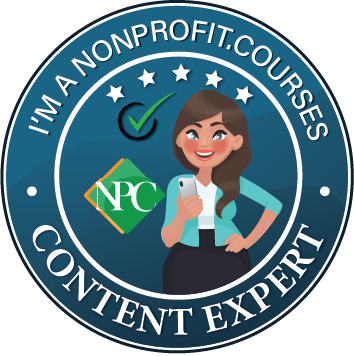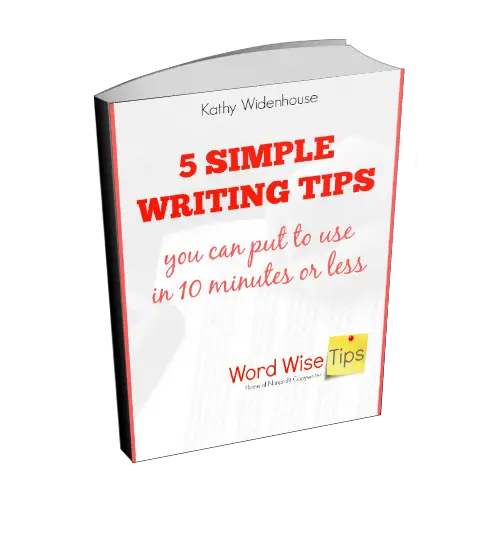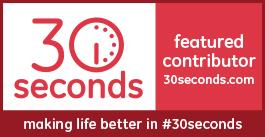Save Time: Get 5 Simple Writing Tips
you can put to use in 10 minutes
What Are Your Content Pillars?
Award-winning writer Kathy Widenhouse has helped hundreds of nonprofits and writers produce successful content , with 750K+ views for her writing tutorials. She is the author of 9 books. See more of Kathy’s content here.
Posted 5.14.25
When I started my website in 2004, I focused on sharing writing tips and tutorials for nonprofit leaders. In truth, I wanted to generate leads, so they’d hire me.
I focused on three key content pillars:
- Basics for writing clearly (so they had concise messaging)
- Basics for writing different types of content (so they could pick and choose which ones to produce)
- Basics for writing persuasively (so they could grow their reach)
The strategy worked. While many nonprofit leaders want to acquire writing skills, most don’t have time. They are busy meeting with funders, hiring staff, organizing volunteers, and putting out fires. My content was consumable and helped them grow their skills, but in the end, they found it easier to hire a freelancer.
So I got plenty of gigs.
Use content pillars and your audience grows
Within a couple of years, I noticed that a large number of my readers were not nonprofit leaders. Instead, they were freelance writers or those who wanted to become writers for hire. These folks were looking for simple writing tutorials to shorten their learning curve and help them find work, particularly with nonprofits. And along with the practical tips, they tell me that a healthy dose of inspiration (“I’ve done it — you can, too!”) doesn’t hurt, either.
Since then, my audience has shifted and grown further to include small biz owners, bloggers, pastors, and students. But my original content pillars have remained the same.
If you want to grow a following, the key is to nail down a handful of core topics. Stick to those subjects and write to a specific audience. And you’ll find you attract other readers, too.
What’s a content pillar?
A content pillar is a key theme. You can also think of your content pillars as core values, core principles, core ideas, or core topics.
If you’re a writer who makes money from your words (or wants to), you’re a business. Core principles drive every activity that a business undertakes. That means every piece of content on your website or blog should explain or support one of your content pillars.
Why you need to identify your content pillars
Identifying your content pillars is like drawing a blueprint of your house before building. Your pillars are the weight-bearing walls that provide structure for your home. They connect the rooms — your content — together.
1. Content pillars give you focus
When you define your content pillars, you choose a few key themes to focus on. This helps you avoid the trap of writing about everything and ending up scattered and confused. No more wondering, “What should I post this week?” Content pillars help you manage your writing time. They become a framework for brainstorming ideas quickly and consistently. Some business types call this “strategic focus.”
2. Content pillars build your traffic
By writing in depth about a select number of topics and directing your content to a specific audience, you attract readers interested in what you offer. Your traffic increases, particularly if you optimize your posts, because your content offers value to readers. That means more clicks, interaction, and email sign-ups.
3. Content pillars build your authority
As you continue to add content over time, you accumulate quite a collection of posts. Your audience (and search engines) begin to associate you with your key themes. Your pillars show that you’re passionate and knowledgeable about your subject. Readers trust you. You become a go-to expert.
Let’s say you write about vacuum cleaners for apartment dwellers. Your content pillars are choosing a vacuum cleaner … vacuuming tips … product reviews. New renters, property managers, cleaning services — even owners of tiny homes — turn to you for advice. They link to your posts. They click on your affiliate links and buy. You have remained true to your content pillars and, in turn, you’ve built traffic and a reputation as a vacuum cleaner guru.
How to identify your content pillars
If you already write, take an inventory of your existing content. Ask …
- What themes keep coming up in your content?
- What topics generate the most responses, questions, and interaction from readers?
- Which pieces feel the easiest and most fun to create?
- Who do you think of when you write?
Record your answers. Then look for the patterns that emerge. Aim to identify 3–5 content pillars.
On the other hand, if you are just starting your writing journey, then take an inventory of your skills and motives. Ask …
- Why are you creating content — to express yourself, to generate leads, to create passive income?
- What topics do you know about or enjoy (your skills, training, experience, niche knowledge, interests)?
- Who can benefit from your content? What questions do they ask, and what problems are they trying to solve? (Tip: If you’d like to learn a bit more about your audience, then spy a bit on Reddit, Quora, topic-related blogs, and Facebook groups.)
Record down your answers. Then look for 3–5 broad themes in your responses.
Write out your content pillars in one sentence
Whether you’ve got existing content or you are new to writing, you can use the answers from your personal inventory questions to help you complete this sentence:
“I help [audience] with [problem or desire] with content about [pillar 1], [pillar 2], and [pillar 3].”
For example, let’s say you’re a preschool teacher who wants to build an information blog as a side hustle. You work your way through your personal inventory questions above, and you come up with this:
“I help parents of preschoolers [audience] prepare their children to enter kindergarten [problem or desire] with content that addresses social skills [pillar 1], learning skills [pillar 2], and character development [pillar 3].”
Content pillars vs. content clusters: what’s the difference?
A content pillar is a broad topic — one that defines your main content themes for your biz or organization. For instance, if you operate a vegetable gardening website, your content pillars might include “planning your vegetable garden,” “planting your vegetable garden,” and “harvesting your vegetable garden.”
A content cluster expands on one main content pillar. It is a set of pieces organized around specific keywords or sub-themes within that pillar. A cluster is designed to cover specific subtopics in-depth, often with internal linking to help readers navigate. Using our gardening example, under the “planning a vegetable garden” pillar, you might find content clusters like “garden layouts,” “improving your soil,” and “types of garden fences.”
Content pillars vs. pillar pages: what’s the difference?
A content pillar is an overarching theme. For instance, if you write a mommy blog, your content pillars could include baby safety, baby health, and conveniences for new parents.
A pillar page is an actual piece of content. Your mommy blog’s got a pillar page about pacifiers for babies and toddlers that explains what a pacifier is and when it’s safe to use one and when it’s not (underscoring your “safety” pillar). That pillar page is linked to all kinds of supporting pages about different kinds of pacifiers, pacifier reviews, when to take the pacifier away, how to help your child let go of the pacifier, and so on.
Just for fun: the history behind the term “content pillars”
At the beginning of the 21st century, the idea behind content pillars existed, but people didn’t call it that. Marketers talked about “key messaging” or “editorial themes.” Blogs, media outlets, and brands still organized content around big ideas, but the language was more traditional.
But in the 2010s, content marketing matured. Blogging became more strategic rather than just personal. Marketers started using the term “content pillars” intentionally and purposely chose 3–5 pillars for a biz’s consistency and brand alignment.
By the 2020s, the term “content pillars” had become standard lingo for bloggers, freelancers, marketers, influencers, course creators, and solopreneurs. It’s not just about structure — it’s about building trust with your readers and growing your visibility, so you’re known for a handful of key values.
Create a simple content calendar using this template.
Bonus tip: Use your content pillars for planning
Once you’ve chosen your pillars, create a simple content calendar by rotating through them. That way, your audience gets consistency and variety, and you never feel stuck. And you’ll stay on message.
Content pillars are strategic guardrails. They help you stay focused, build credibility, create smarter content, and connect with readers who need your content. But your content pillars don’t have to be set in stone. Test them for a few months. If something isn’t working or doesn’t excite you anymore, pivot.
Yet you may discover, as I did, that you chose your content pillars well. And in doing so, your reach extends further than you first imagined.
More about Web Content Writing
How to Find Seed Keywords for Your Blog or Website ...
3 Tips for Writing a Tagline for Your Blog or Biz ...
What Is a Niche Site? Consider Building One For Fun and Profit ...
How to Build a Content Writing Strategy for Your Blog or Website ...
Should You Build a Niche Website? Take This Quiz to Find Out ...
12 Tips for Beginning Bloggers: Avoid the “Abandoned Blog” Syndrome ...
3 Things You Need for Planning a Website (or Updating One) ...
Make a P-L-A-N for Your Website Content Writing ...
More Website Writing Tips on our Pinterest board ...
Return from What are Your Content Pillars? to Nonprofit Copywriter home
As an Amazon Associate I earn from qualifying purchases.
Share This Page
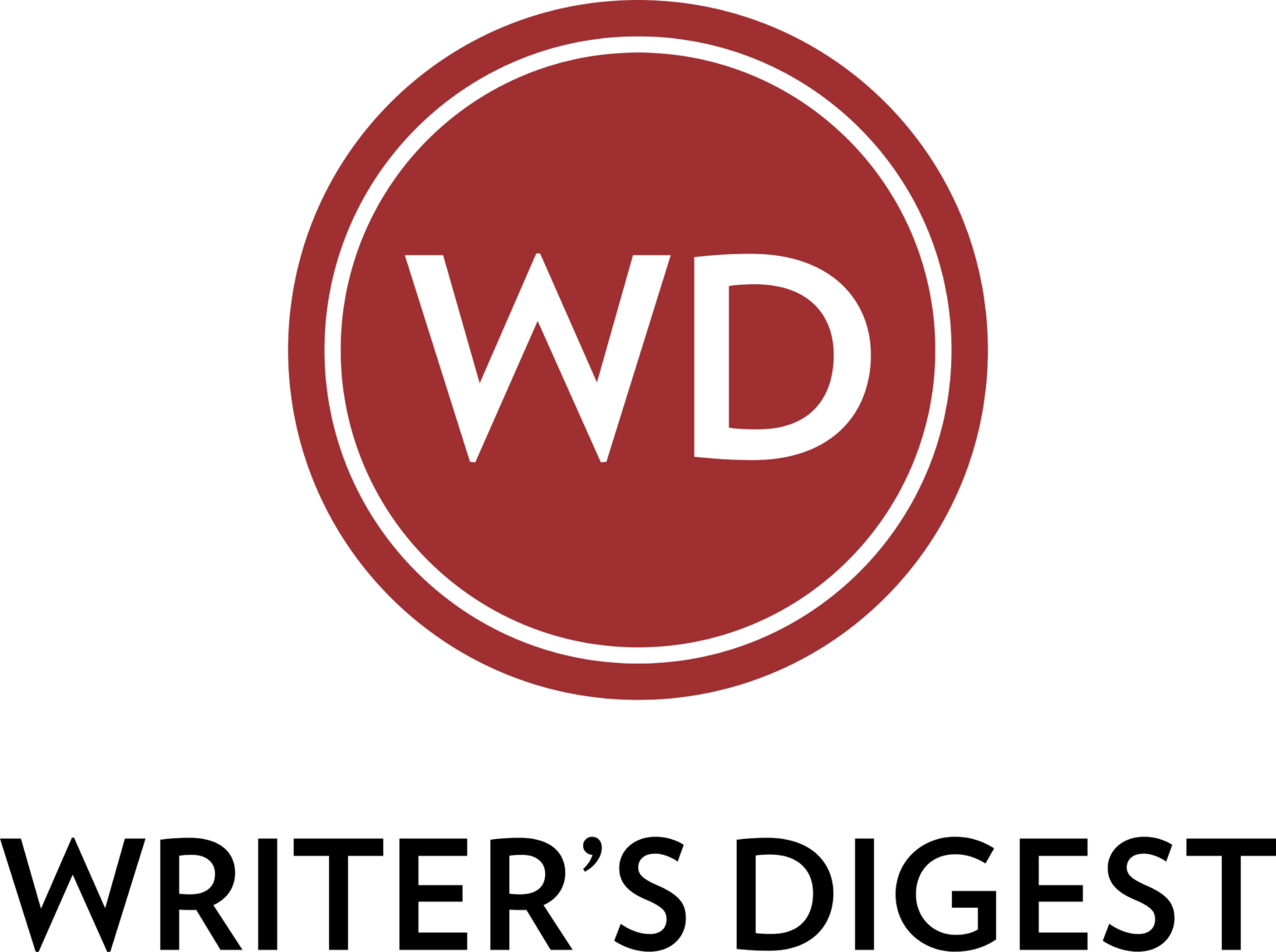
Named to 2022 Writer's Digest list
BEST GENRE/NICHE WRITING WEBSITE

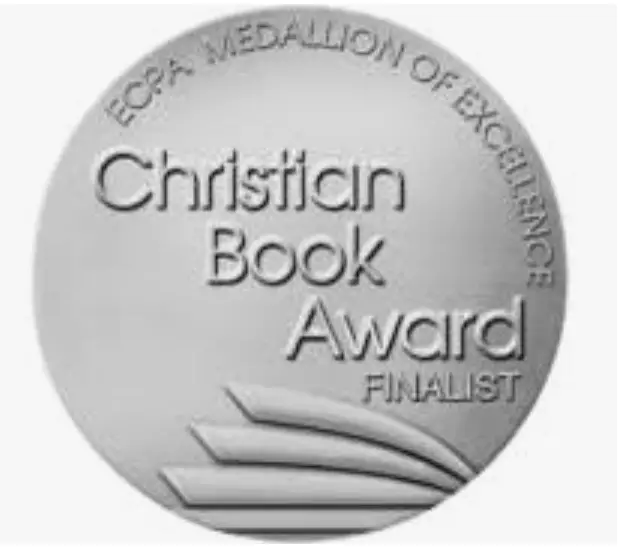
Stop Wasting Time!
Grab your exclusive FREE guide, "5 Simple Writing Tips You Can Put to Use in 10 Minutes or Less"





